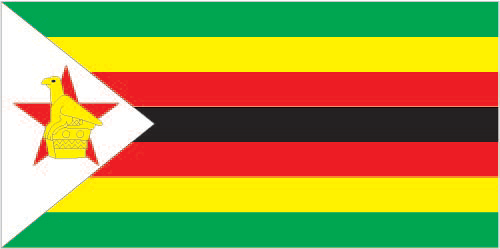
Zimbabwe's economy is growing despite continuing political uncertainty. Following a decade of contraction from 1998 to 2008, Zimbabwe's economy recorded real growth of roughly 10% per year in 2010-11, before slowing in 2012-13 due poor harvests and low diamond revenues. The government of Zimbabwe faces a number of difficult economic problems, including infrastructure and regulatory deficiencies, ongoing indigenization pressure, policy uncertainty, a large external debt burden, and insufficient formal employment. Until early 2009, the Reserve Bank of Zimbabwe routinely printed money to fund the budget deficit, causing hyperinflation. Dollarization in early 2009 - which allowed currencies such as the Botswana pula, the South Africa rand, and the US dollar to be used locally - ended hyperinflation and reduced inflation below 10% per year, but exposed structural weaknesses that continue to inhibit broad-based growth.
$7.496 billion (2013 est.)
country comparison to the world: 158
$7.265 billion (2012 est.)
$6.957 billion (2011 est.)
3.2% (2013 est.)
country comparison to the world: 109
4.4% (2012 est.)
10.6% (2011 est.)
$600 (2013 est.)
country comparison to the world: 227
$600 (2012 est.)
$500 (2011 est.)
agriculture: 20.1%
industry: 25.4%
services: 54.5% (2013 est.)
68% (2004)
8.5% (2013 est.)
country comparison to the world: 199
8.2% (2012 est.)
3.939 million (2013 est.)
country comparison to the world: 92
agriculture: 66%
industry: 10%
services: 24% (1996)
95% (2009 est.)
country comparison to the world: 203 80% (2005 est.)
note: figures include unemployment and underemployment; true unemployment is unknown and, under current economic conditions, unknowable
mining (coal, gold, platinum, copper, nickel, tin, diamonds, clay, numerous metallic and nonmetallic ores), steel; wood products, cement, chemicals, fertilizer, clothing and footwear, foodstuffs, beverages
3.7% (2013 est.)
country comparison to the world: 82